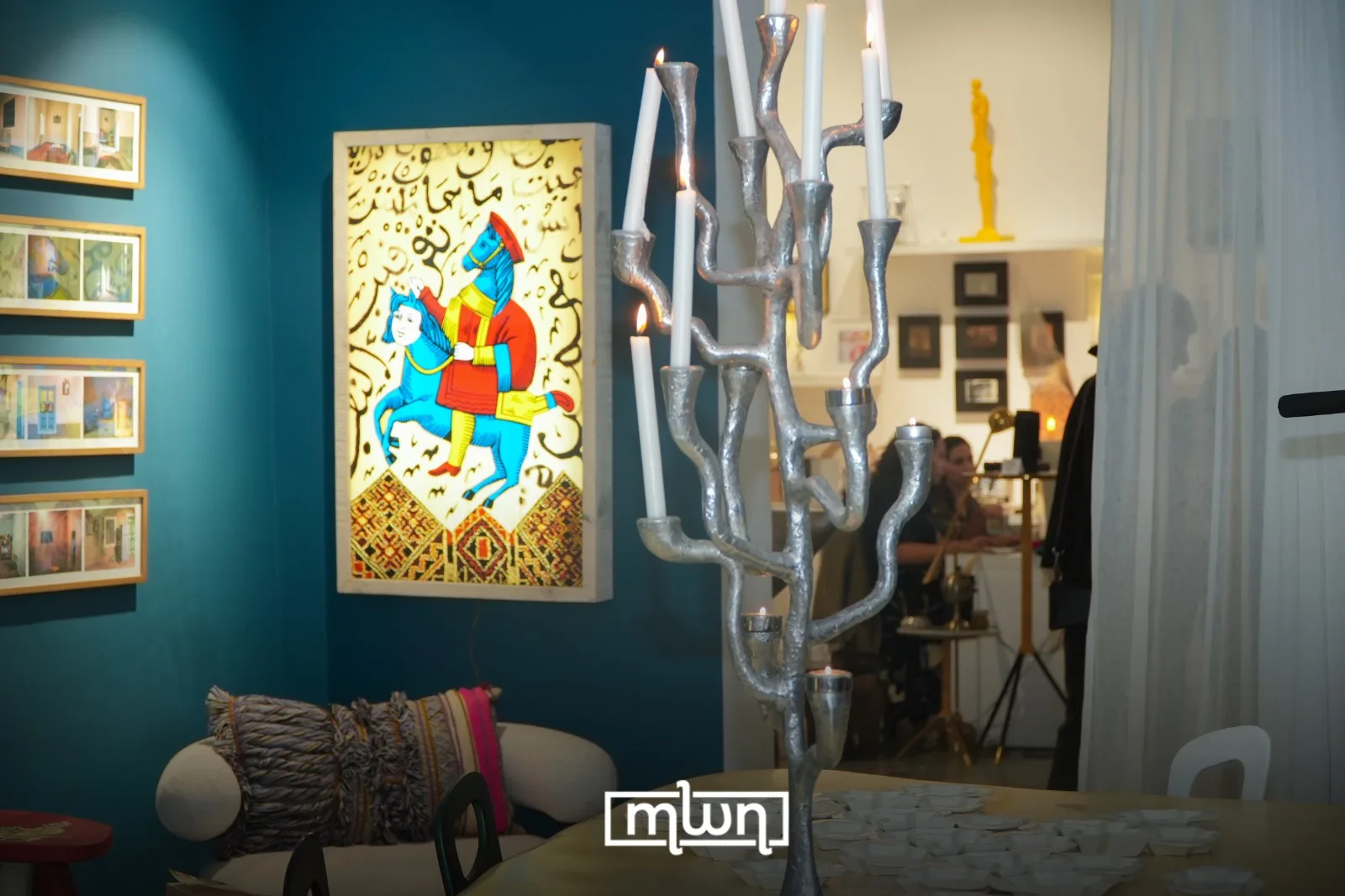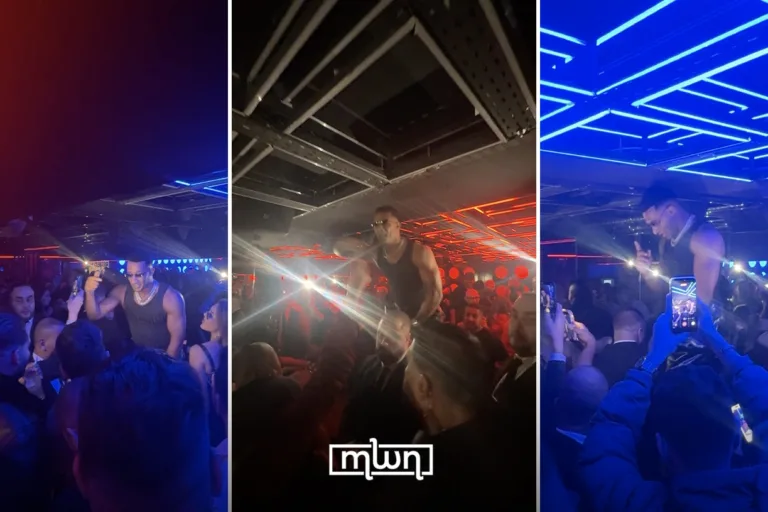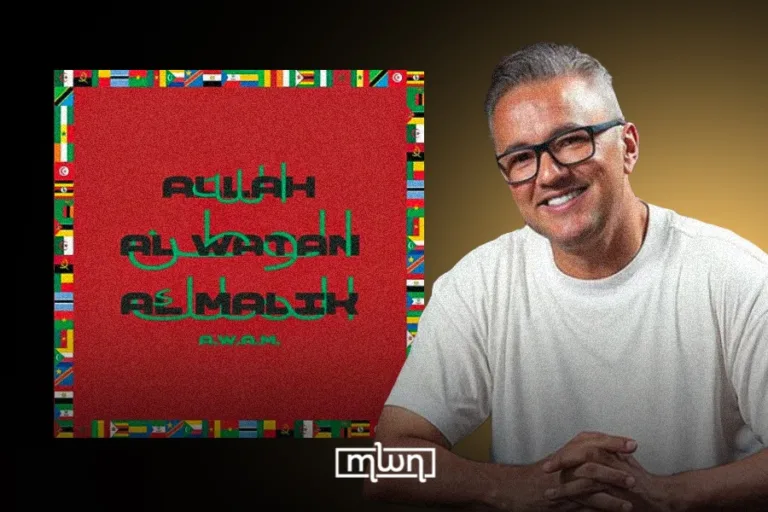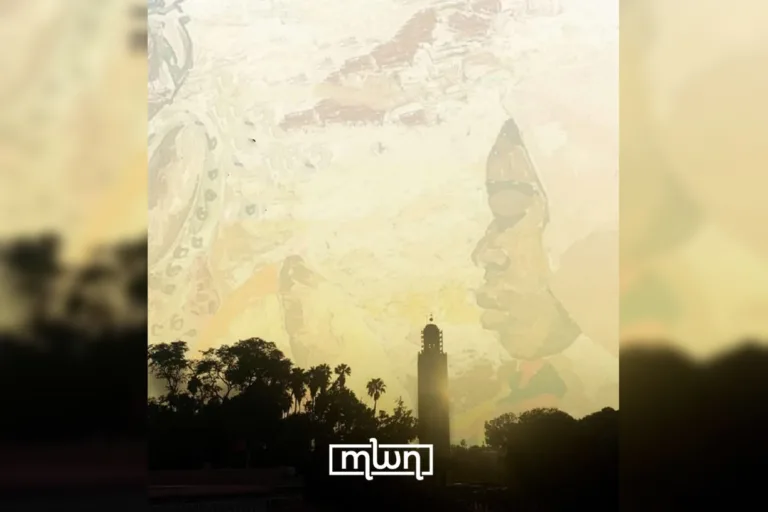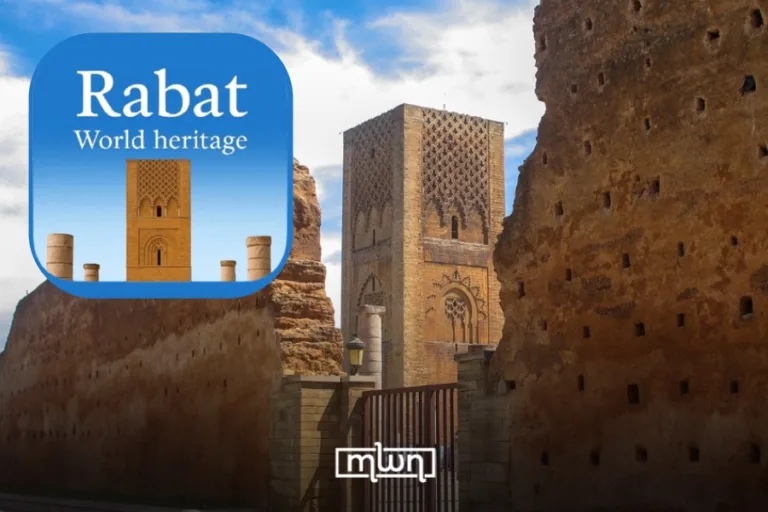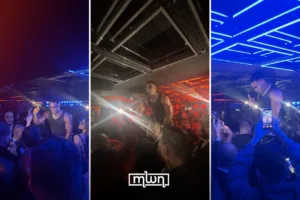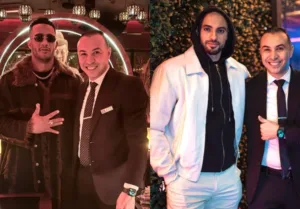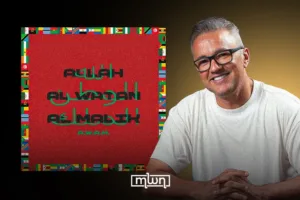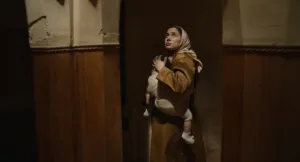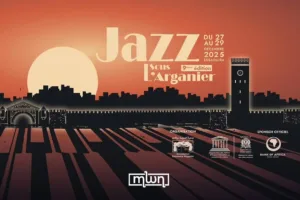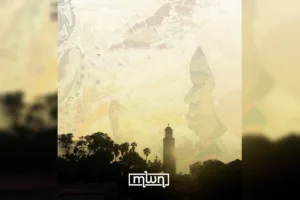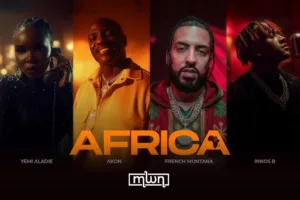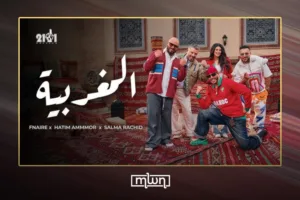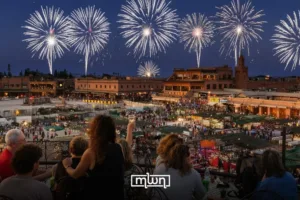Fez — On opening week, “ÉLOGE DU GESTE” already feels less like a conventional show and more like a living studio — materials speaking, techniques conversing, designers trading ideas across the room.
The exhibition, the gallery’s first fully devoted to design, gathers six practitioners whose works reframe Moroccan craft as contemporary language without severing ties to memory and place.
Community, exchange, reunion
For interior architect and designer Reda Bouamrani, the exhibition doubles as a reunion of a community that thrives on conversation as much as craft.
“I’m very honored to take part in this event alongside talented designers and friends [who] glad to see again, to share these moments of exchange and reunion,” he said, adding a hope “that there will be more events that bring us back together.”
His sentiment mirrors the show’s curatorial intent: to slow visitors down and foreground the social life of making — how works are born in dialogue with people, places, and techniques.
Practice made public
Designer Younes Duret, who has worked in Marrakech for two decades, framed the opening as a chance to bring ongoing practice into public view.
“It’s been 20 years [that I’ve been] doing design in Marrakech… I’m very happy to be here at the Abla Ababou Gallery to present some of my designs,” he said. “It’s an opportunity to not only show our design but also meet everyone, discuss creation and the arts in general.”
His presentation includes pieces like the “Boussa,” “Chesse Pouf,” and “Table Rahima,” each aligning comfort and function while echoing forms that sit easily in today’s interiors.
‘Matters in Dialogue’
Marwane Haddioui, founder of My Rock Studio, articulates his work through a clear framework: “Matters in Dialogue.”
“I put many different materials in dialogue and work with artisans from Marrakech — potters, leather workers and embroiderers — to create unique pieces that are contemporary but still very traditional due to the know-how,” he explained.
Two collections ground the idea: Conversation No. 1, a meeting of leather and pottery; and Terre Brodée, embroidered ceramics that let threads and clay speak to one another.
“It’s a dialogue between materials, artisans, and know-hows,” Haddioui said.
Gesture, movement, emotion
Master cabinetmaker, designer, and sculptor Jamil Bennani situates his sculptures in motion—works that treat space as a field of gestures.
“It’s a magnificent exhibition… that allows each of us to present our work — pieces of great quality, above all on an emotional level,” he said. “My works are defined by strong gestures and movement in space… where emotion is what matters most to me.”
Bennani also extended an open invitation beyond the show’s walls: “I would be happy to welcome you to my studios. They are open to the public — and to children as well, which is very important.”
Why it matters
Across the gallery, wood, clay, leather, metal, resin, and textiles become verbs rather than nouns — acts of joining, stitching, bending, embossing — each tethered to a specific hand and history.
The result is an exhibition that reads as a conversation in progress: between designers and artisans, tradition and invention, making and meaning.

